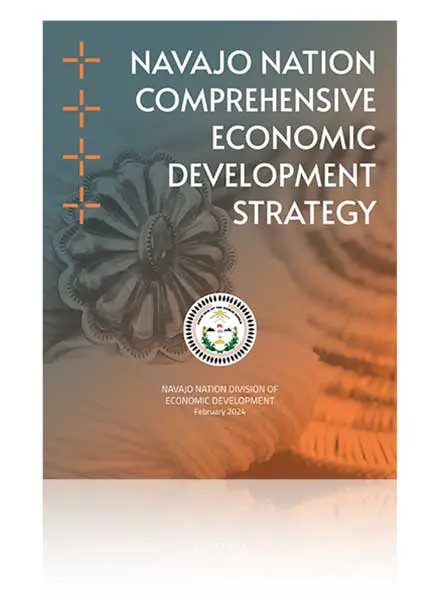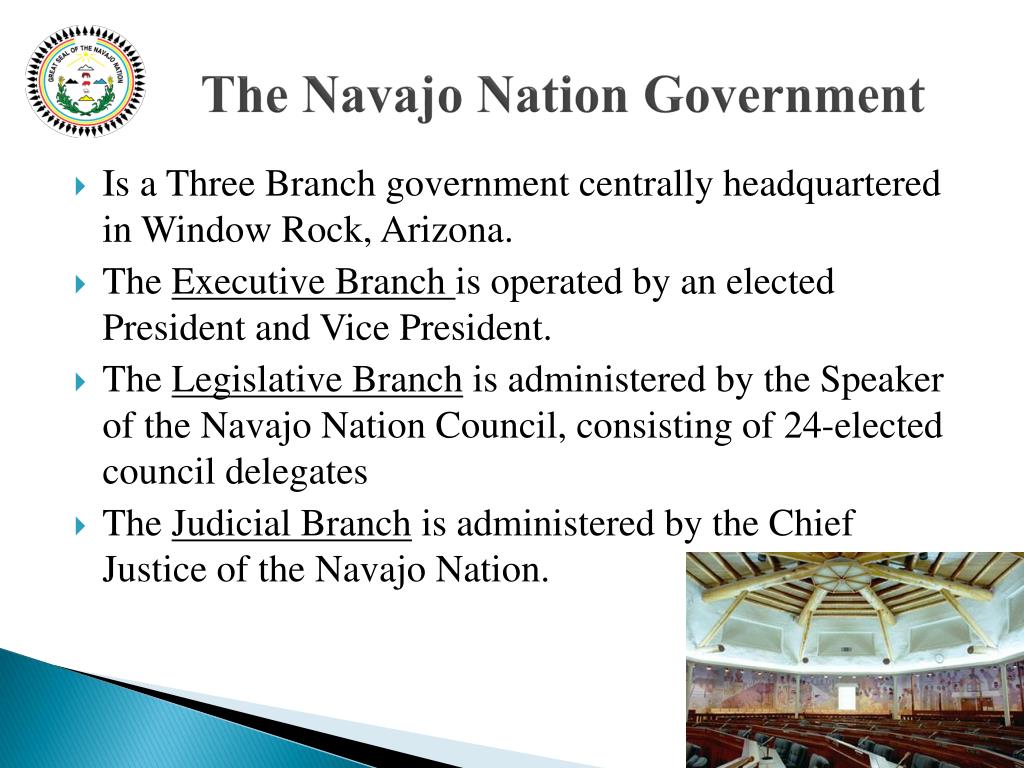
Navajo Nation: A Landscape of Resilience and Reinvention
The wind whips across the vast, red mesas of the Navajo Nation, carrying the scent of sagebrush and the echoes of ancient stories. Covering more than 27,000 square miles across Arizona, New Mexico, and Utah, it is the largest Native American reservation in the United States, a sovereign nation within a nation. Home to nearly 170,000 Diné people on the reservation (out of a total population of over 300,000), this expansive territory is not merely a geographic space; it is a living testament to resilience, self-determination, and a relentless pursuit of economic and political sovereignty.
From the majestic spires of Monument Valley to the sacred depths of Canyon de Chelly, the Navajo Nation is a land of breathtaking beauty and profound cultural significance. But beneath this striking façade lies a complex reality: a government striving to assert its authority and an economy grappling with historical challenges while forging a sustainable future.

The Architect of Self-Governance: A Unique Political Landscape
The Navajo Nation operates under a unique governmental structure, a blend of traditional Diné principles and modern democratic institutions. Unlike many tribes that adopted more simplified councils, the Navajo Nation established a sophisticated system with three distinct branches: Executive, Legislative, and Judicial.
The Executive Branch is headed by the President and Vice President, elected every four years. They are responsible for implementing laws, managing daily operations, and representing the Nation on the national and international stage. The Legislative Branch, the Navajo Nation Council, is composed of 24 delegates representing various chapters (local administrative units). This Council holds significant power, enacting laws, approving budgets, and providing oversight. The Judicial Branch comprises a Supreme Court, district courts, and family courts, applying both Navajo common law and written statutes. This tri-partite system, while ambitious, has often been lauded as a model for tribal self-governance, demonstrating a commitment to checks and balances.
However, the path of self-governance has not been without its bumps. "Our system is robust, but it’s also incredibly complex," explains a former Council delegate, who wished to remain anonymous to speak freely about internal dynamics. "We have the challenges of any large government – bureaucracy, political infighting, the constant struggle to balance traditional values with modern necessities. But the core principle remains: we govern ourselves. That is non-negotiable."
A significant challenge lies in balancing the desire for efficiency with the deeply ingrained democratic process of the Diné. Every piece of legislation, every major policy decision, often undergoes extensive review and debate, sometimes leading to perceived slowness. Yet, this deliberative process is often seen as a strength, ensuring community input and thoughtful consideration. The very existence of such a comprehensive government underscores a fundamental fact: the Navajo Nation is not just a ward of the federal government; it is a sovereign entity with the inherent right to self-determination, a right fiercely protected since the 1868 Treaty of Bosque Redondo, which allowed the Diné to return to their ancestral lands after the harrowing "Long Walk."
The Economic Tapestry: From Coal to Canvas, and Beyond
For decades, the Navajo Nation’s economy was inextricably linked to its vast natural resources. Coal, uranium, oil, and gas were extracted from Diné Bikéyah (Navajo land), providing jobs and substantial royalty revenues that funded government services, schools, and infrastructure. The Navajo Generating Station (NGS), a massive coal-fired power plant near Page, Arizona, and the Kayenta Mine, which supplied coal to NGS, were pillars of the economy for nearly 50 years. At their peak, they employed hundreds of Navajo workers and generated millions in revenue annually.
However, the reliance on fossil fuels came with a heavy price. Environmental degradation, health issues in communities near uranium mines (a legacy still being grappled with), and the volatility of global energy markets exposed the vulnerability of this economic model. The inevitable arrived in late 2019, when NGS and Kayenta Mine ceased operations, a casualty of changing energy policies and market forces.

"The closure of NGS was a seismic event for us," says Mae Franklin, a community leader from LeChee, near the former plant. "Generations worked there. It provided a steady income, health benefits, a sense of stability. Its closure left a huge void, economically and psychologically."
The unemployment rate on the Navajo Nation often hovers between 40-50%, a stark figure reflecting the lack of diverse industries and significant infrastructure gaps. Many homes still lack running water and electricity, and vast stretches of the reservation are food deserts, forcing residents to travel hours for groceries. These challenges are compounded by a severe lack of broadband internet access, a critical barrier to education, remote work, and economic development in the 21st century.
Yet, out of this adversity, a powerful drive for economic diversification has emerged. The Diné are leveraging their cultural heritage, natural beauty, and a growing commitment to sustainable development.
Tourism is a natural economic engine. Monument Valley Navajo Tribal Park, managed by the Navajo Nation Parks and Recreation Department, is an iconic destination, drawing visitors from around the globe. Other sites like Canyon de Chelly National Monument and Antelope Canyon (though often privately managed by Diné families) also contribute significantly. The goal is to expand culturally sensitive tourism, offering authentic experiences that benefit local communities directly.
Arts and Crafts represent another vital sector. The exquisite Navajo rugs, intricate silver and turquoise jewelry, pottery, and sand paintings are world-renowned. Thousands of Diné artists sustain their families through these traditional crafts, often passed down through generations. Initiatives to support artists, combat counterfeiting, and expand market access are ongoing.
Perhaps the most promising frontier is renewable energy. The vast, open lands of the Navajo Nation, bathed in abundant sunshine and swept by strong winds, hold immense potential for solar and wind power generation. "We are transitioning from a fossil fuel economy to a renewable energy future, guided by our traditional values of respecting Mother Earth," says Myron Lizer, former Vice President of the Navajo Nation, in a past statement. Projects like the Kayenta Solar Project (built on former mining land) are already operational, providing clean energy and some local jobs. The Nation is actively pursuing larger utility-scale solar farms, which could generate not only revenue but also power for the Diné people themselves, addressing the energy deficit.
Furthermore, there is a growing emphasis on fostering small businesses and entrepreneurship within the Nation. Programs are being developed to provide training, micro-loans, and business incubation services to Diné individuals looking to start ventures, from cafes and convenience stores to construction companies and tech startups.
Enduring Spirit and Future Horizons
The COVID-19 pandemic laid bare the systemic challenges facing the Navajo Nation, from inadequate healthcare infrastructure to the lack of clean water for handwashing. Yet, it also highlighted the immense strength of the Diné people. Through swift, decisive government action, mutual aid networks, and a deep sense of community responsibility, the Nation mounted one of the most effective responses to the pandemic in the country, demonstrating its capacity for self-reliance in a crisis.
Water remains a critical issue. Despite being near the vast Colorado River, many Navajo communities lack direct access to clean, running water. Securing water rights and building out water infrastructure are paramount, not just for health but for economic development, allowing for agriculture, industrial growth, and basic quality of life. "Water is life," proclaims a common Diné saying, and for the Navajo Nation, it is also the key to unlocking its full potential.
The Navajo Nation’s journey is a microcosm of indigenous struggles and triumphs worldwide. Its government, while imperfect, is a powerful assertion of sovereignty. Its economy, while facing monumental shifts, is a testament to the Diné’s adaptability and innovative spirit. The path ahead involves navigating complex federal relations, attracting sustainable investment, expanding education, and, crucially, empowering the next generation of Diné leaders and entrepreneurs.
As the sun sets over the red rock country, casting long shadows across the land, the Navajo Nation stands at a pivotal moment. It is a place where ancient wisdom meets modern challenges, where the echoes of the past inform a determined stride towards a self-determined and prosperous future, rooted in the enduring spirit of the Diné people. The landscape may appear timeless, but beneath the surface, a vibrant transformation is underway, powered by resilience, vision, and the unwavering will of a nation.


